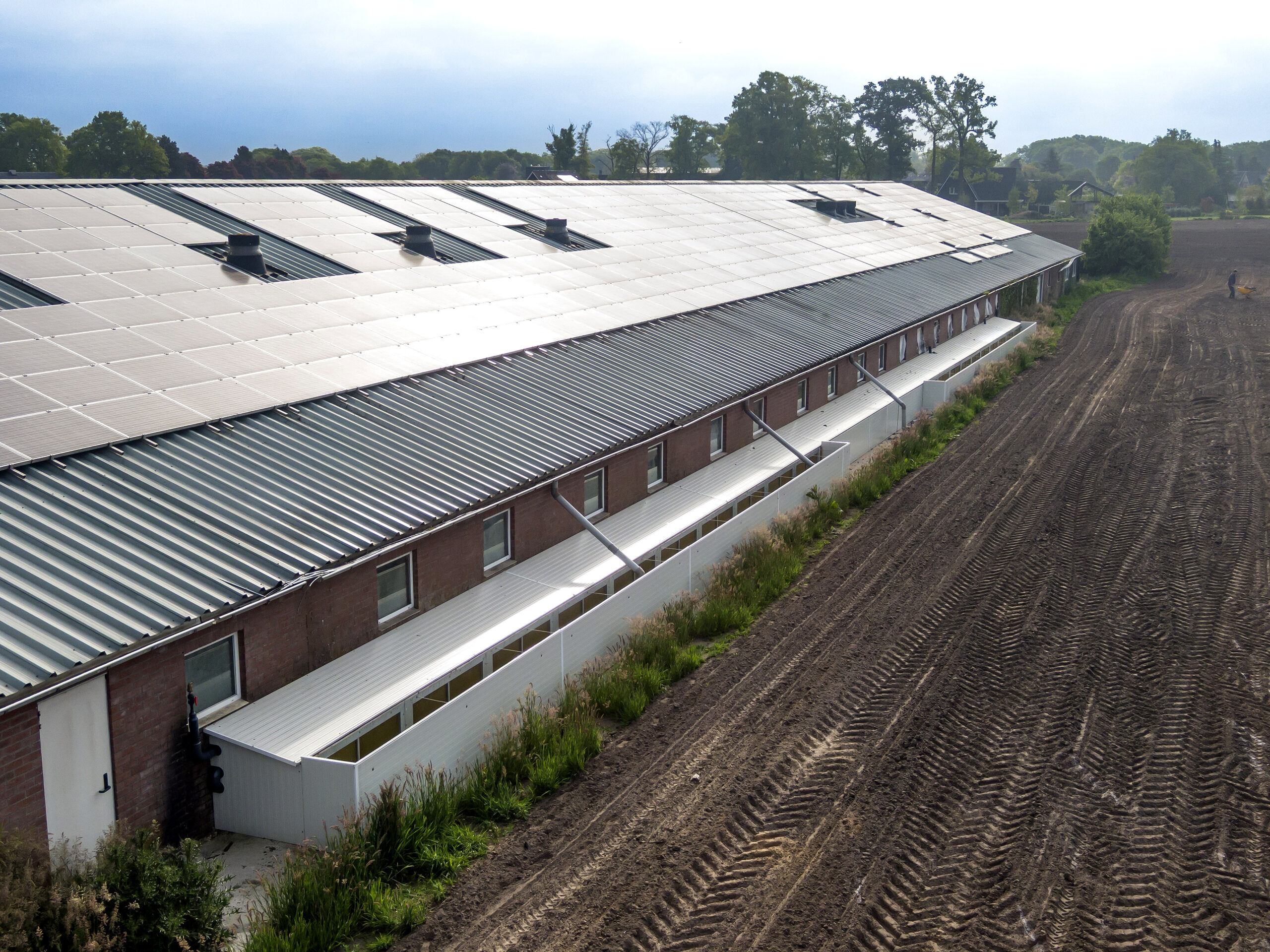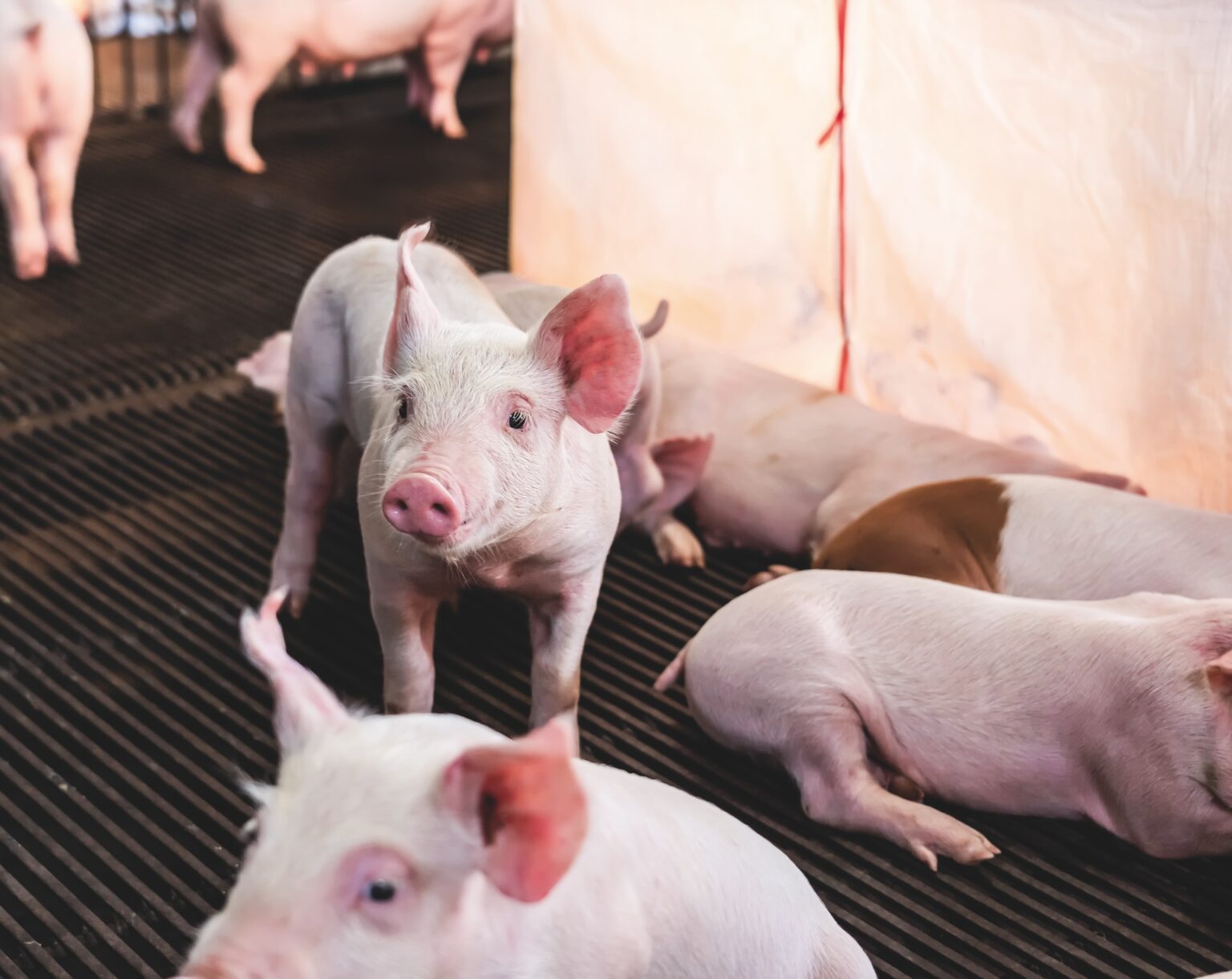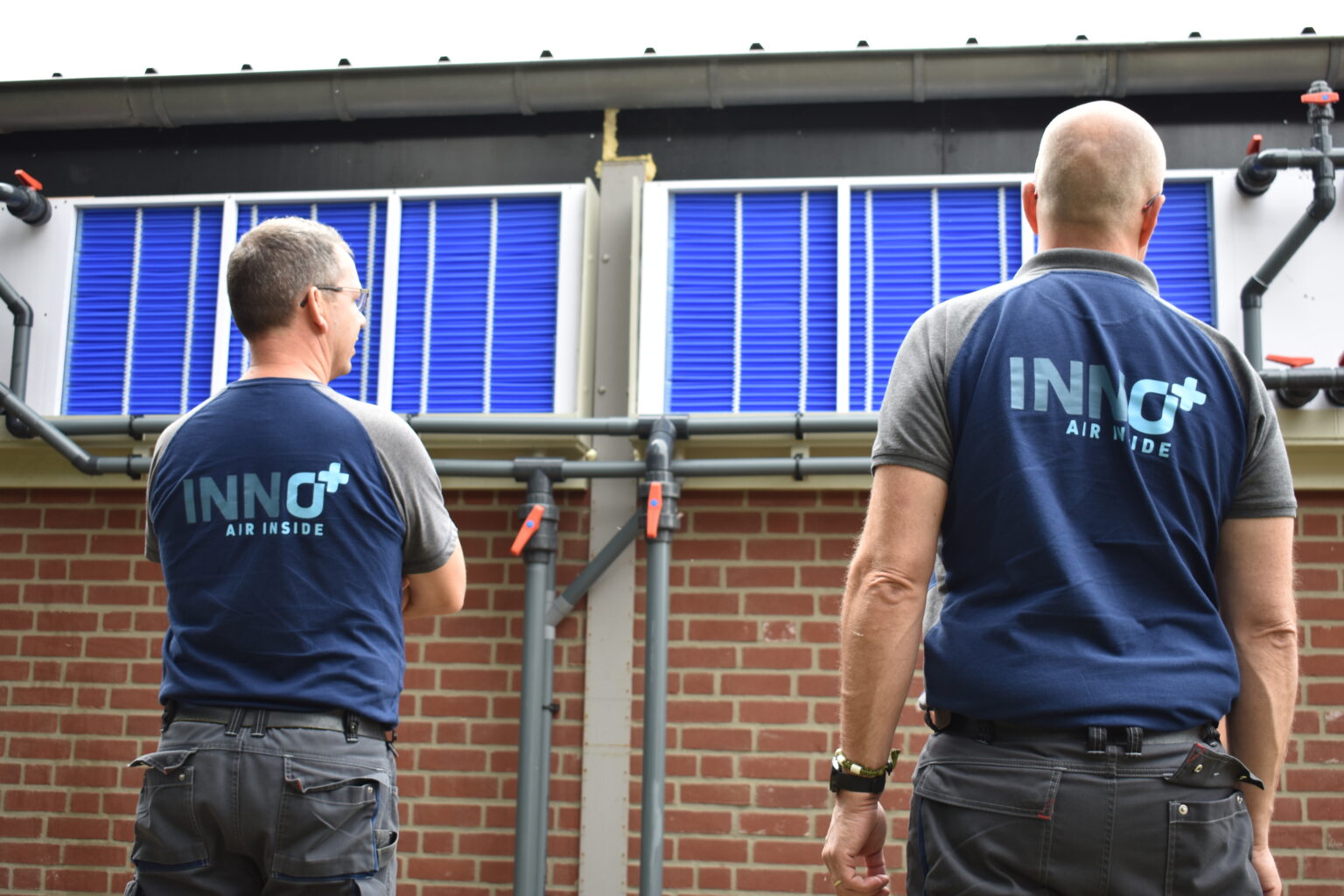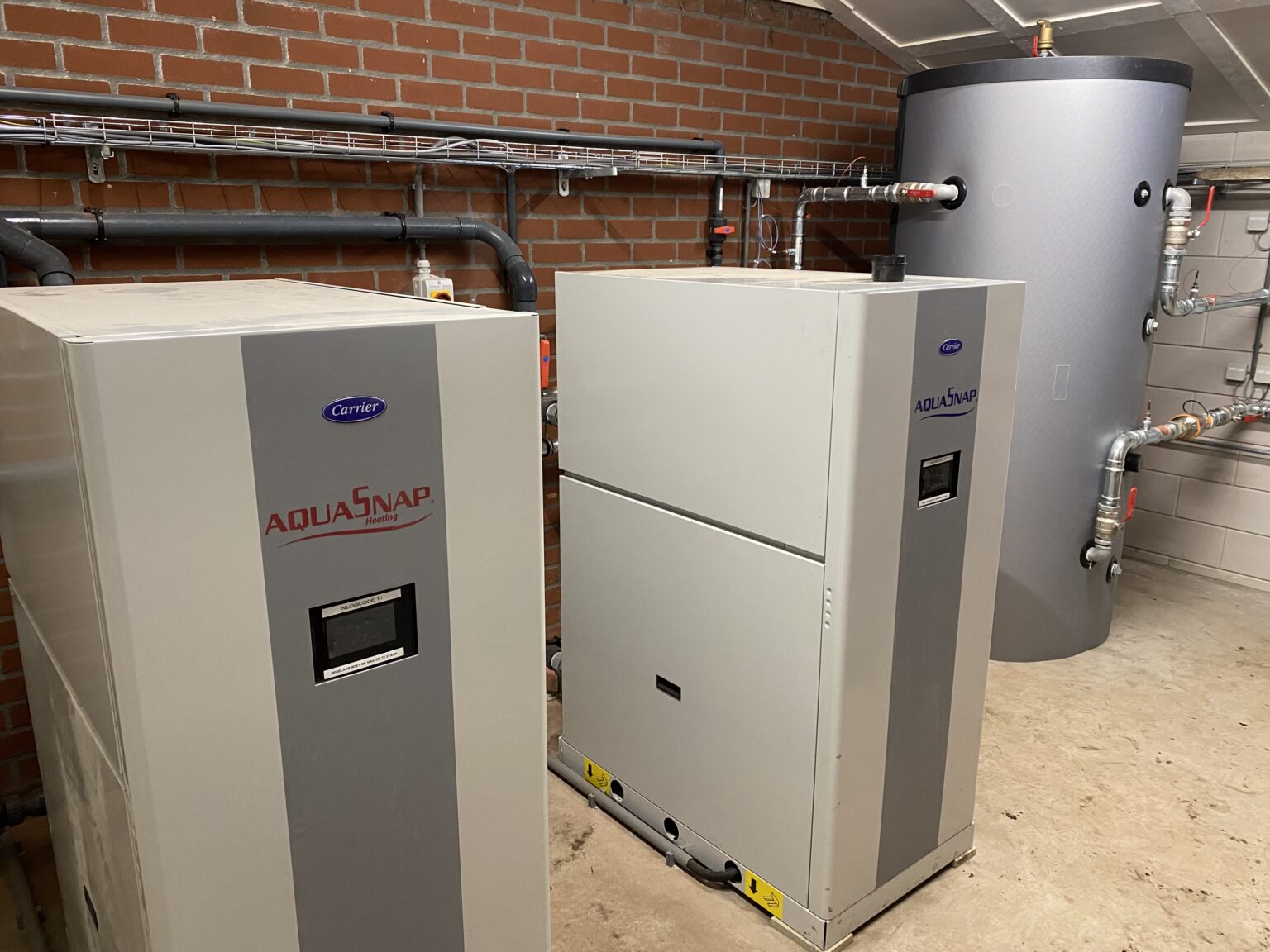
Heat stress in pigs, poultry and cattle
How does heat stress occur?
Several factors contribute to the development of heat stress:
- High ambient temperatures and direct sun exposure.
- High humidity, making cooling mechanisms such as panting less effective.
- Insufficient ventilation in stables or outdoor areas.
- Lack of access to fresh drinking water.
- High animal density within the barn.
Young animals, such as calves, are especially vulnerable due to an incompletely developed thermoregulation system. Poultry are particularly at risk due to their susceptibility to rapidly rising temperatures. Pigs are also susceptible, partly due to their limited sweat capacity and fat layer.


What are consequences of heat stress?
The impact is visible through:
- Reduced feed intake and growth retardation.
- Poorer meat quality, egg production and egg quality, decrease in milk production and milk components.
- Higher mortality rates in extreme heat.
- Higher failure rates.
- Stress behaviour such as wing spreading and panting.
- Impaired fertility.
- Reduced resistance to infections.
Ventilation: essential for a healthy barn climate
Good air circulation removes excess heat and keeps the indoor climate within the comfort range of the animals. Solutions include:
- Mechanical fans moving fresh air through the barn.
- Natural ventilation through smart placement of air vents and ventilation valves.
- Tunnel ventilation for quick air changes, especially in poultry houses.
- Advanced climate systems that automatically respond to temperature changes.
Ventilation not only helps to lower the temperature. It also reduces humidity. This is important for animals to release heat properly.
Active cooling: instant relief during hot days
Besides ventilation, active cooling is indispensable:
- Dry cooling: incoming air is cooled without increasing humidity, similar to air-conditioning.
- Pad-cooling systems: warm air is cooled by wet panels – widely used in poultry houses.
By combining cooling and good ventilation, the cooling effect becomes stronger. This lowers the burden on the animals.

Expansion with heat pump technology for a constant climate
Besides ventilation and traditional cooling, Inno+ also offers the opportunity to expand existing systems. This can be done with heat pump technology.
With a heat pump, you can provide sustainable heating in winter. In summer, it can also be used for cooling. This makes it possible to achieve a constant and optimal barn climate all year round.
This solution uses reversible heat pumps. They remove heat from the barn and actively cool during hot periods.
This is done without increasing humidity. This increases animal comfort, reduces stress and improves productivity. Moreover, the system is energy-efficient.
It can also be combined with existing ventilation and climate control systems. This ensures maximum effectiveness.
By investing in this extension, Inno+ is helping livestock farmers. It offers a solution for the future. It contributes to animal health, efficiency and sustainability.

